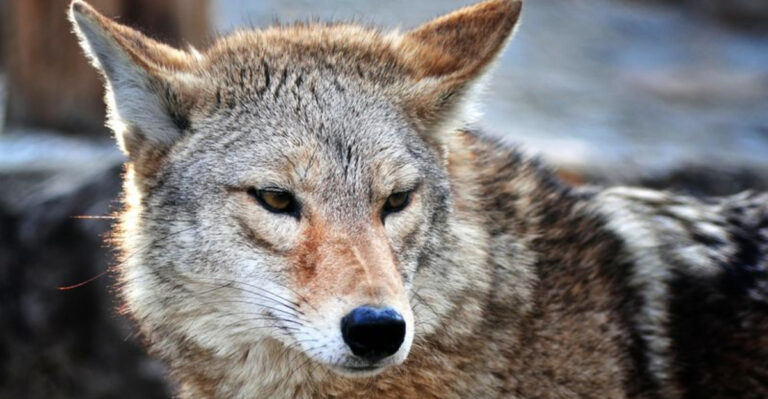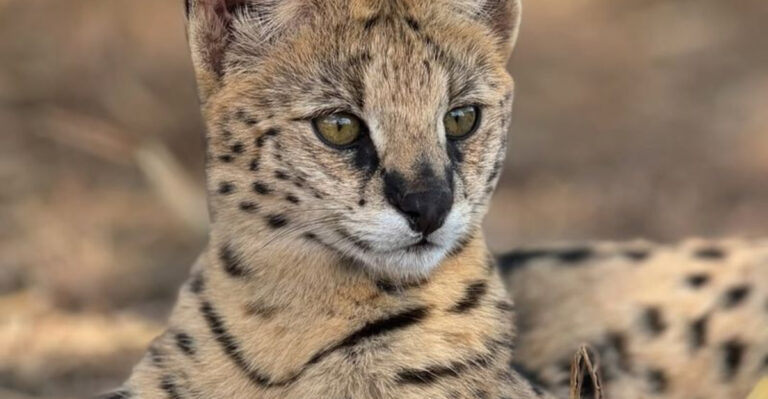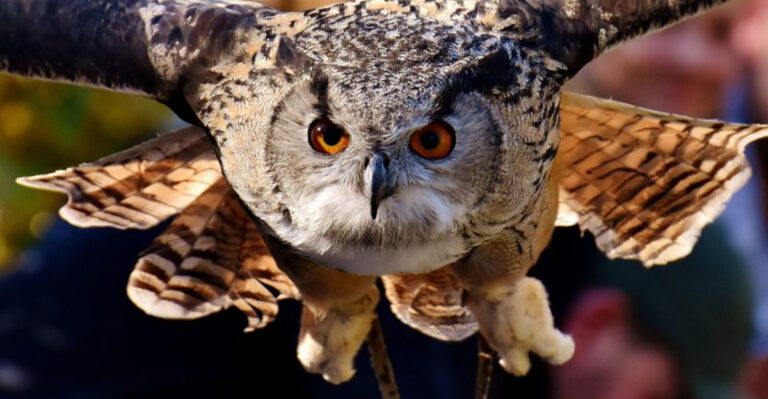13 Things You Need To Know About The Endangered Addax Antelopes
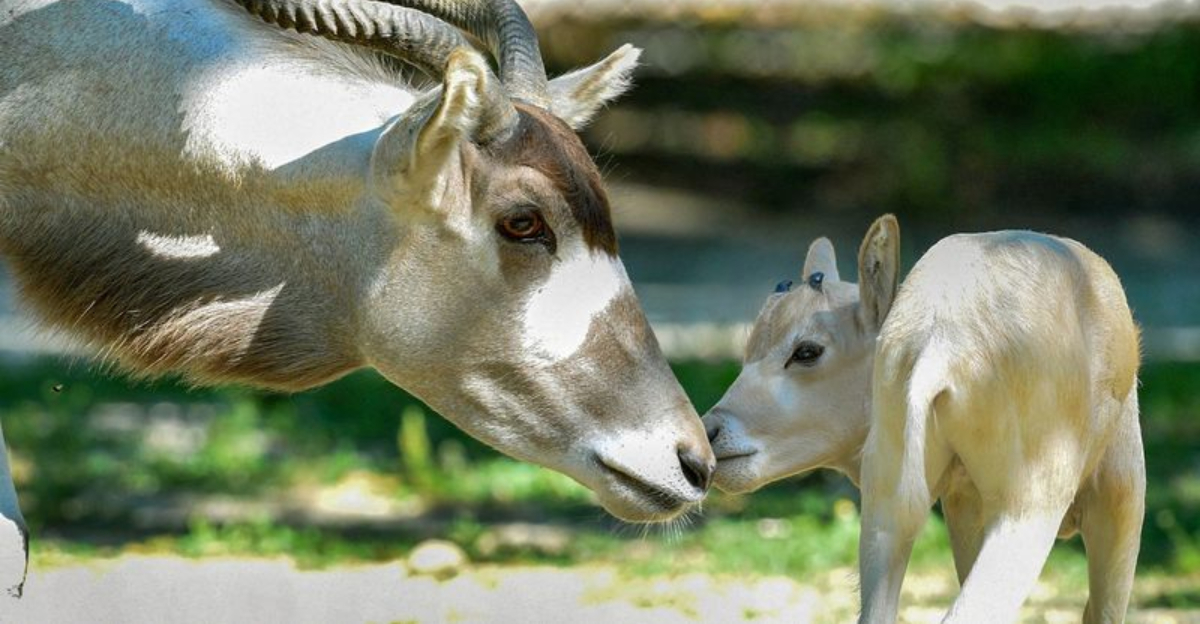
Addax antelopes are among the most critically endangered mammals on our planet. These remarkable desert dwellers, with their distinctive twisted horns and pale coats, now number fewer than 100 in the wild.
Understanding these unique creatures not only helps conservation efforts but also gives us a glimpse into the amazing adaptations animals develop to survive in extreme environments.
1. Desert Masters
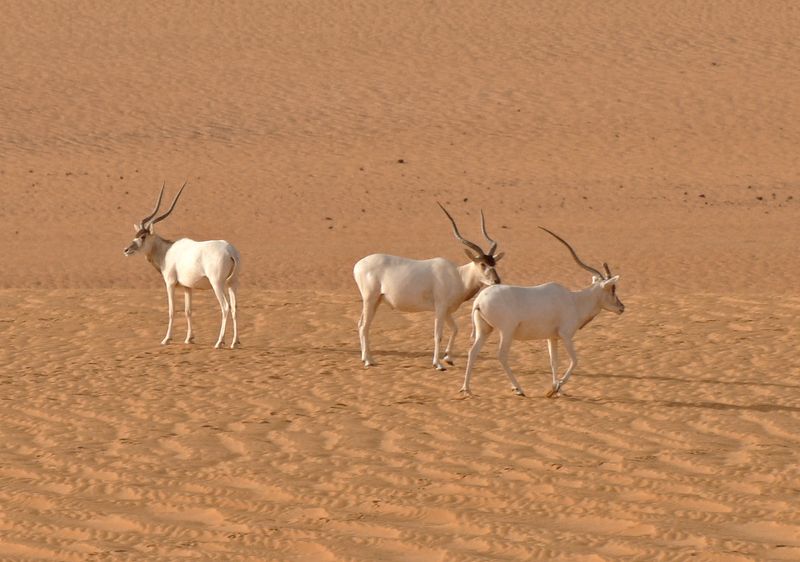
Addax antelopes thrive in one of Earth’s harshest environments – the Sahara Desert. They can survive without drinking water for their entire lives, getting moisture from plants they eat.
Their specialized hooves spread wide on sand, preventing them from sinking. Plus, their light-colored coat reflects sunlight, keeping them cool during scorching desert days.
2. Vanishing Numbers
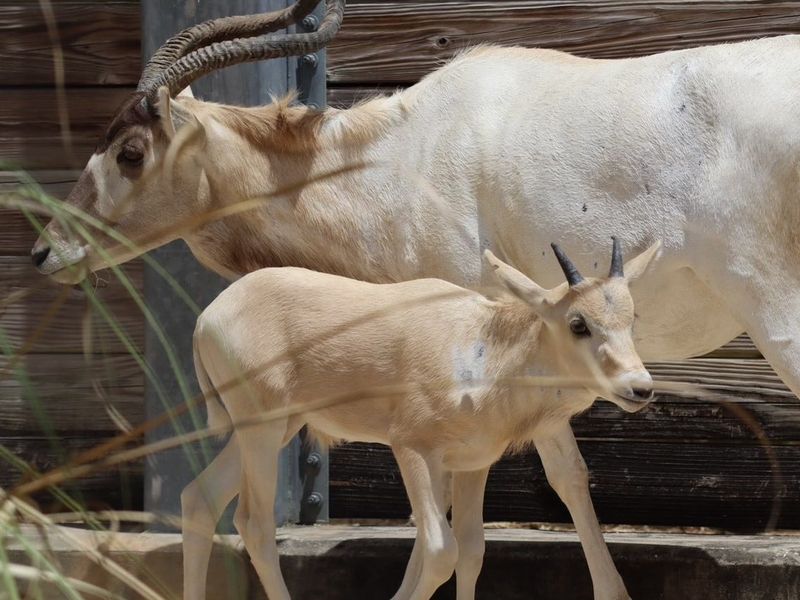
Scientists estimate fewer than 100 wild addax remain today, down from thousands just decades ago. Their population has crashed by more than 99% since the 1960s.
Oil exploration, hunting, and civil unrest in their native habitats have driven this dramatic decline. Currently listed as Critically Endangered, they’re among the world’s most threatened mammals and could disappear entirely without intervention.
3. Twisted Horn Wonders
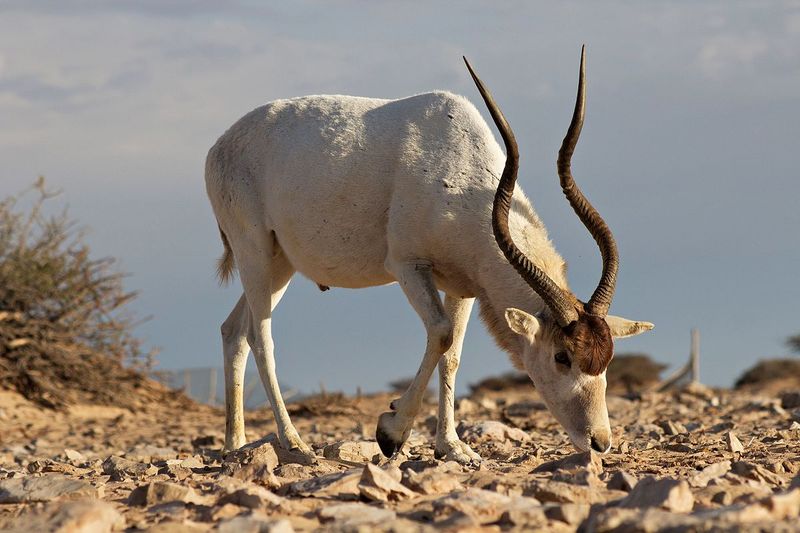
Both male and female addax grow impressive spiral horns that can reach 33 inches long. These twisted marvels feature 2-3 complete spirals and grow throughout their lifetime.
Unlike many antelope species where only males have horns, female addax also sport these impressive spirals. Their rings can actually help researchers determine an addax’s age, similar to counting tree rings.
4. Seasonal Coat Changes
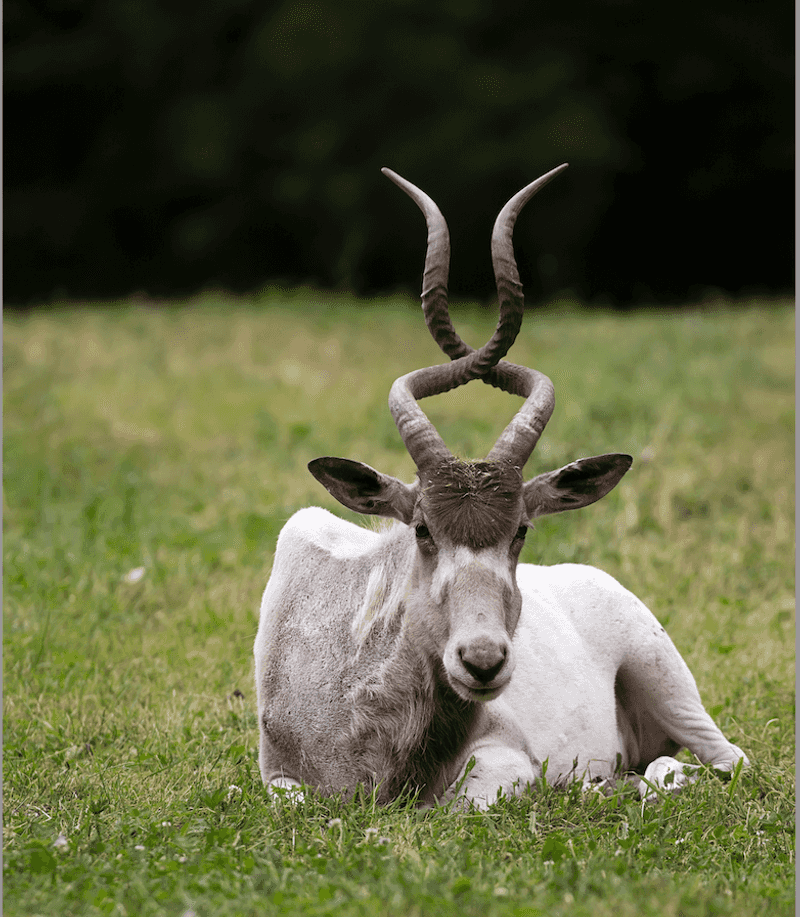
Addax antelopes transform their appearance with the seasons. Summer brings a short, sleek white coat that reflects heat and helps them stay cool in temperatures that regularly exceed 110°F.
Winter triggers growth of a grayish-brown coat with thicker fur for insulation against surprisingly cold desert nights. This remarkable adaptation showcases their specialized desert survival skills.
5. Nocturnal Wanderers
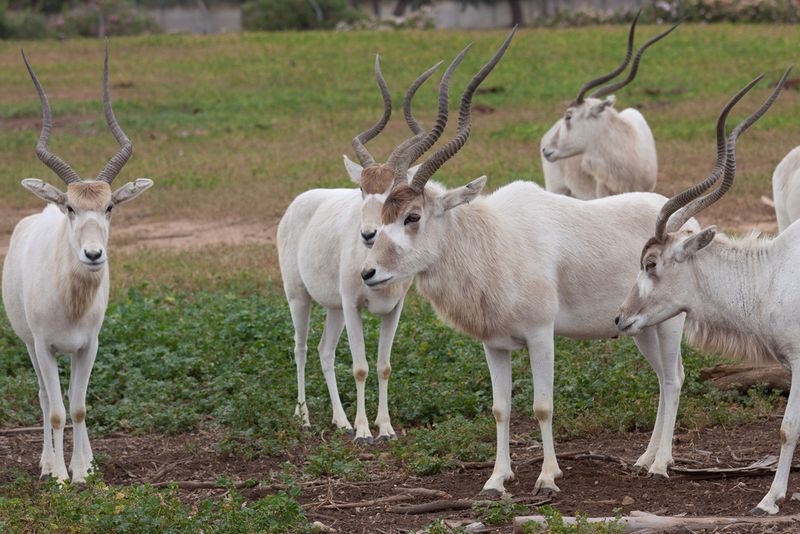
Addax come alive when the sun goes down. These nocturnal creatures rest during the blistering daytime heat, conserving precious energy and moisture.
Under moonlight, they travel up to 19 miles nightly in search of sparse desert vegetation. Their exceptional night vision and acute sense of smell guide them across vast desert expanses, helping them locate food and avoid predators.
6. Ancient Egyptian Connections
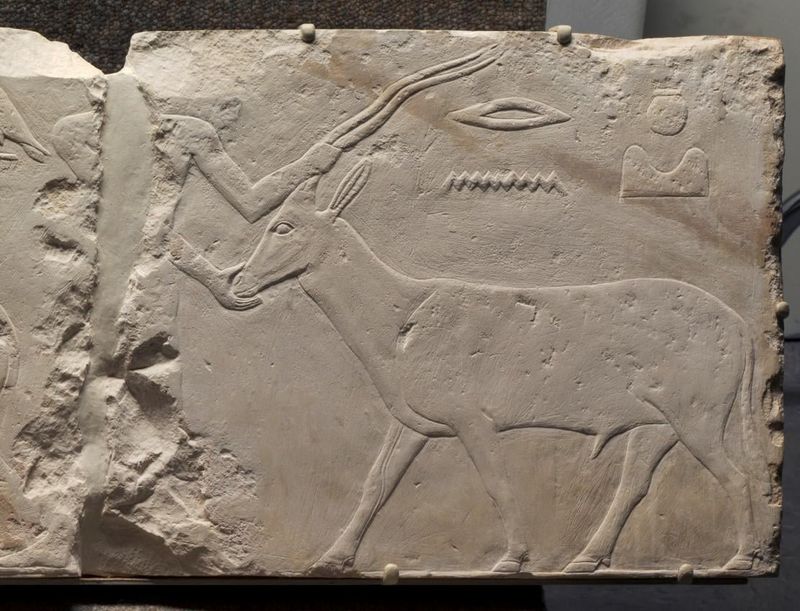
Addax antelopes appear in numerous ancient Egyptian hieroglyphs and artwork dating back over 4,000 years. Pharaohs and nobility prized them for ceremonial hunting expeditions in the desert.
Some scholars believe the addax’s distinctive horns inspired the crown designs of certain Egyptian deities. Their image symbolized the harsh desert regions bordering the fertile Nile Valley.
7. Social Structure Shifts
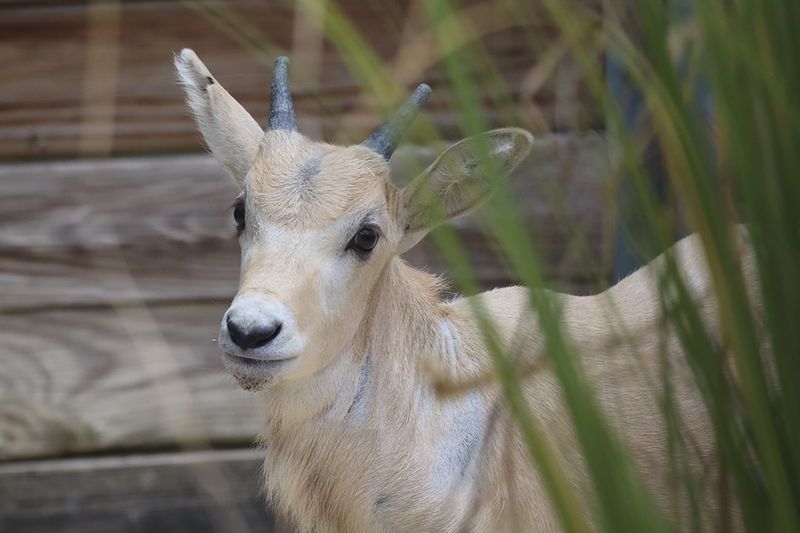
Addax social dynamics change with the seasons and food availability. During harsh periods, they gather in herds of 5-20 animals, working together to find scarce resources.
When conditions improve, these herds often split into smaller family groups. The oldest females typically lead these groups, using their experience to guide younger members to food and water sources they remember from previous years.
8. Moisture Masters
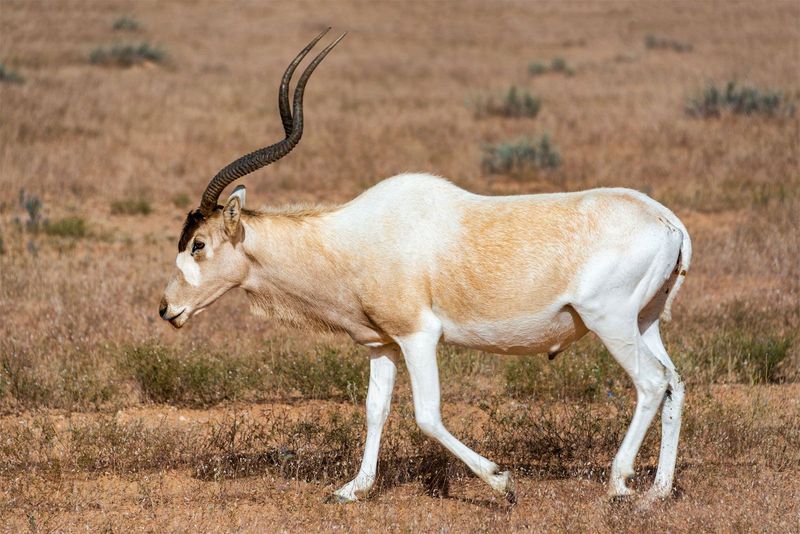
Addax have evolved incredible water conservation abilities. Their kidneys extract maximum moisture from their food, producing highly concentrated urine to minimize water loss.
They can detect plants with higher water content and will travel great distances to find them. Even their breathing system recaptures moisture from exhaled air, showcasing evolutionary adaptations that let them survive where most mammals couldn’t last a week.
9. Conservation Heroes
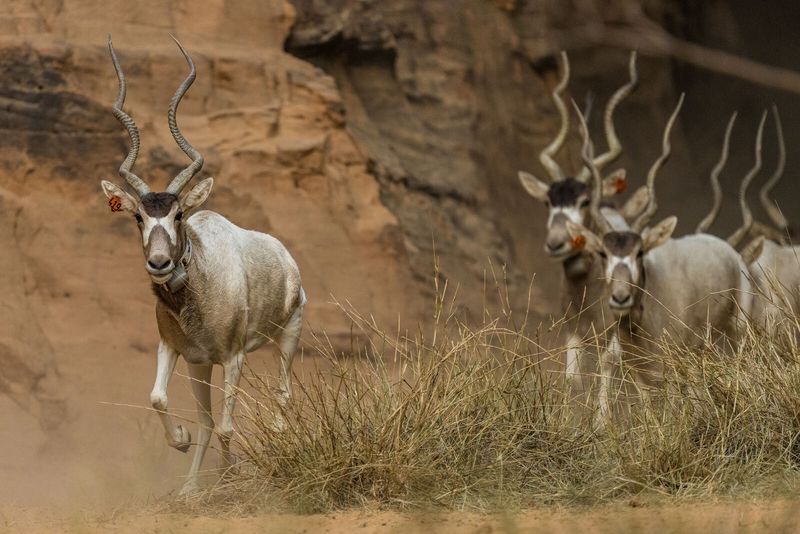
Dedicated rangers risk their lives to protect the last wild addax. In countries like Niger and Chad, these conservation heroes patrol vast territories to prevent poaching and monitor the remaining populations.
International breeding programs have established healthy captive populations in zoos worldwide. These programs maintain genetic diversity and could potentially provide animals for future reintroduction efforts if wild populations continue to decline.
10. Surprising Speed
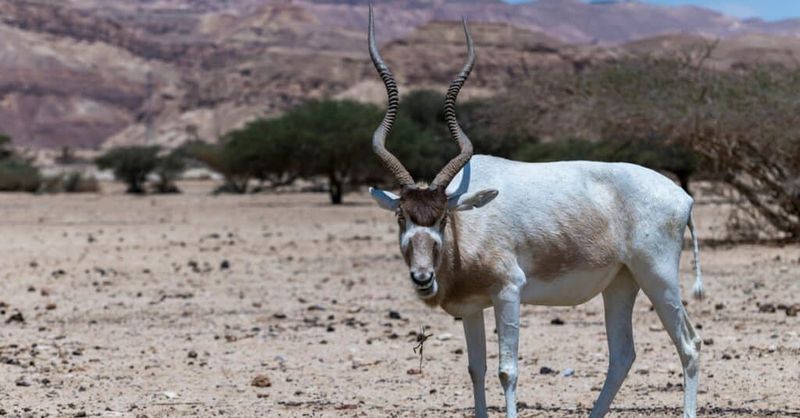
Despite their stocky appearance, addax can reach speeds of 30 mph when threatened. Their burst acceleration helps them escape predators like jackals and cheetahs.
However, they can’t maintain this speed for long distances. Instead, they rely on endurance, moving at a steady pace for hours. Their specialized leg muscles store energy efficiently, allowing them to cover vast territories in search of food.
11. Calves Born Running
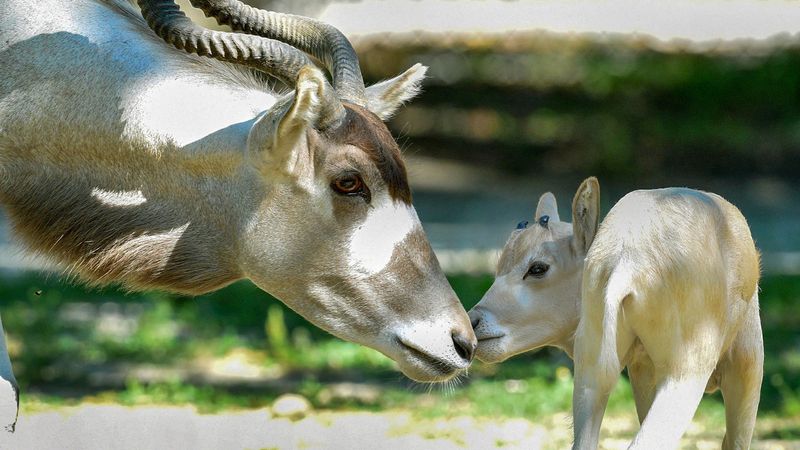
Baby addax arrive ready for desert life. Newborns can stand within minutes and run with the herd within hours of birth – crucial survival skills in predator-rich environments.
Mothers give birth to single calves after 8-9 months of pregnancy. The light brown calves blend perfectly with sand, providing natural camouflage from predators. Their rapid development reflects the harsh realities of desert survival.
12. Cultural Significance
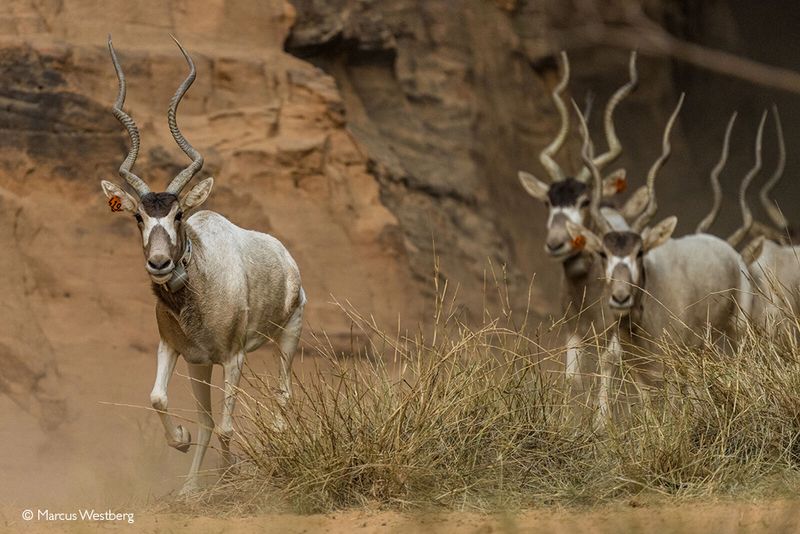
Local Tuareg and Toubou nomads have long respected addax as symbols of desert resilience. Traditional stories celebrate the antelope’s ability to find water in seemingly barren landscapes.
Some communities considered hunting addax taboo during droughts, believing the animals knew where water could be found. This cultural reverence created natural conservation practices that protected addax populations for centuries before modern threats emerged.
13. Future Hope
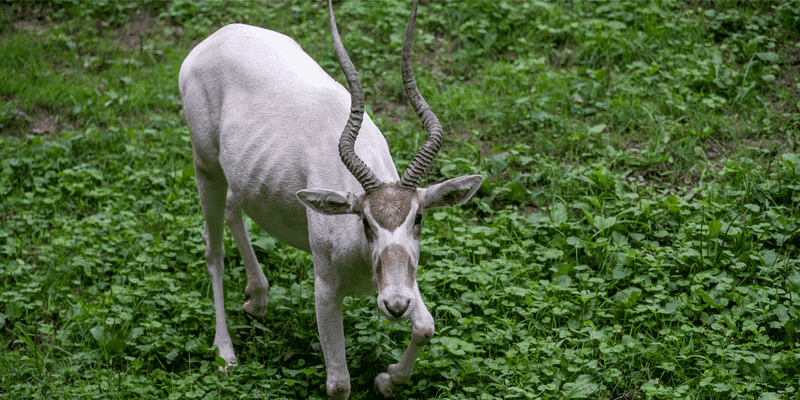
Recent conservation initiatives offer glimmers of hope for addax survival. Protected areas in Niger and Chad provide safe havens where small populations can recover without human interference.
Reintroduction programs have successfully established new herds in Tunisia and Morocco. Advanced tracking technology now helps researchers monitor movements and behaviors, gathering crucial data to guide protection efforts and potentially save this remarkable species from extinction.

